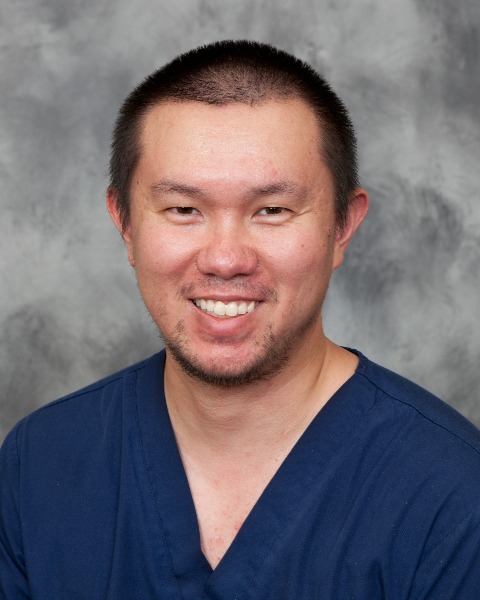Back
abs: Neotissue Implants Augment Tendon Regeneration
Large Animal
Poster
abs: Neotissue Implants Augment Tendon Regeneration
Large Animal Flash Poster Presentations
Thursday, October 13, 2022
5:36pm – 5:38pm
Location: Oregon Ballroom 201-202

Takashi Taguchi, DVM, MS
Graduate Student
Louisiana State University
Baton Rouge, Louisiana
Abstract Poster Presenter(s)
Tendinopathy accounts for the majority of lost training days and early retirement due to poor healing and scarring. Implantable tendon neotissue may recapitulate neonatal tendon healing capacity without scarring. The hypotheses of this study were that equine adipose-derived multipotent stromal cells (ASCs) on collagen I (COLI) templates cultured in tenogenic medium form tendon-like neotissue in contrast to those cultured in stomal medium and implantation of tendon neotissue augments healing of elongation-induced rat calcaneal tendinopathy. Cell-COLI constructs cultured in stromal or tenogenic medium for up to 21 days were assessed for growth kinetics, gene expression, and micro- and ultra-structure with viability stain, resazurin reduction, qPCR, and light- and electron-microscopy. Each neotissue type was randomly implanted into one of two calcaneal tendon injuries in adult female Sprague Dawley rats and harvested six weeks later. Cells remained spherical and sparsely distributed with minimum matrix deposition in stromal medium, while they assumed a spindle-shape and parallel alignment with abundant new matrix in tenogenic medium after 14 days micro- and ultrastructurally. Construct cell numbers increased between 7 to 14 culture days in tenogenic medium and remained higher than in stromal medium. Early tenogenic transcription factor upregulation followed by late maturation marker upregulation were aligned with fibromodulin deposition. Tenogenic neotissue implants contained tenocyte-like cells and parallel collagen-like matrix integrated into native tendon with nominal inflammation. Results support that tendon neotissue is consistent with proliferation phase healing tendon tissue, biocompatible, and integrates into native tendon. De novo neotendon generation may represent a novel treatment for equine tendinopathy.
